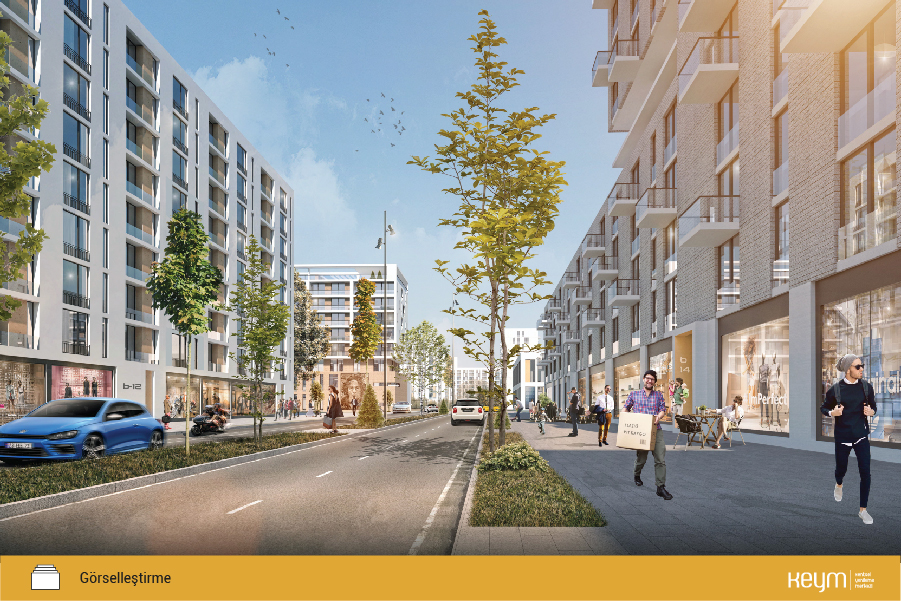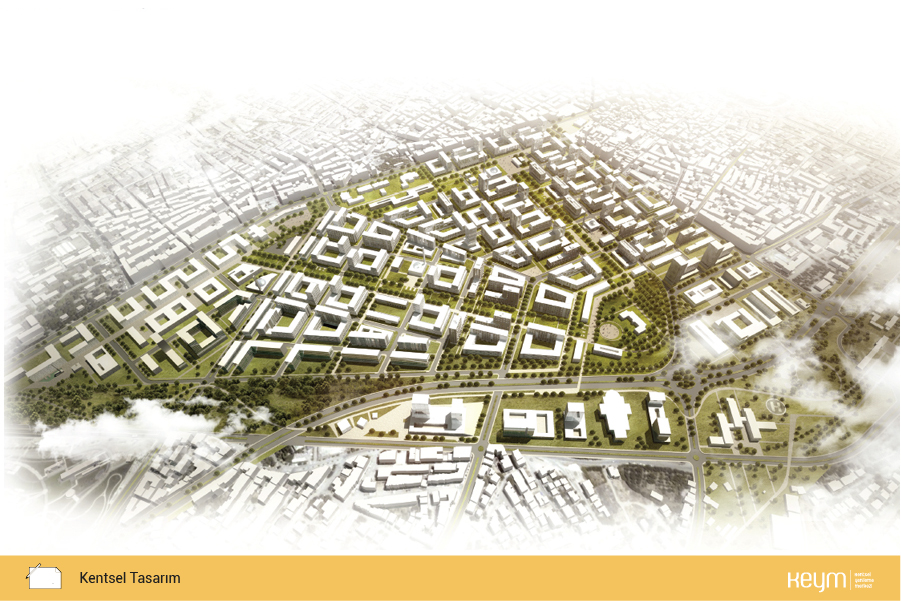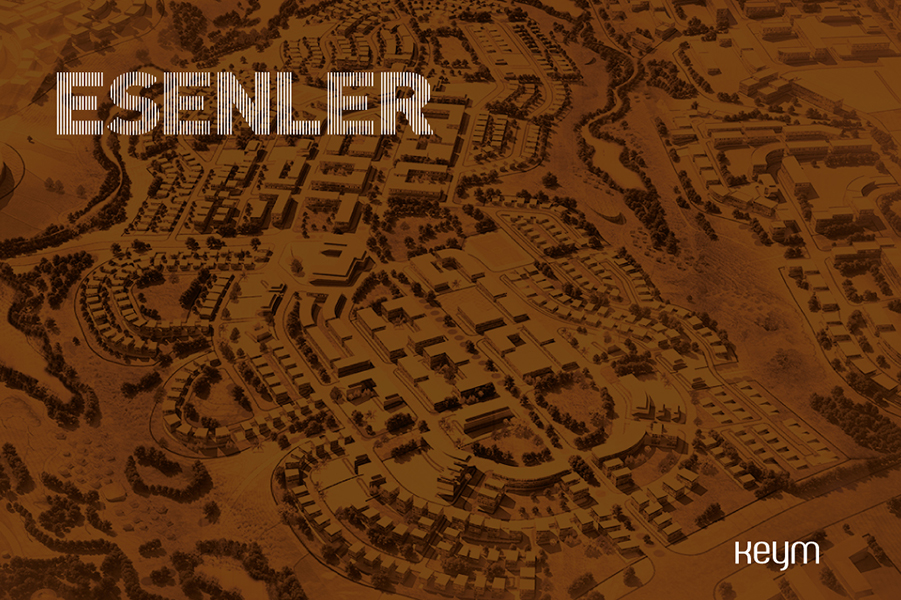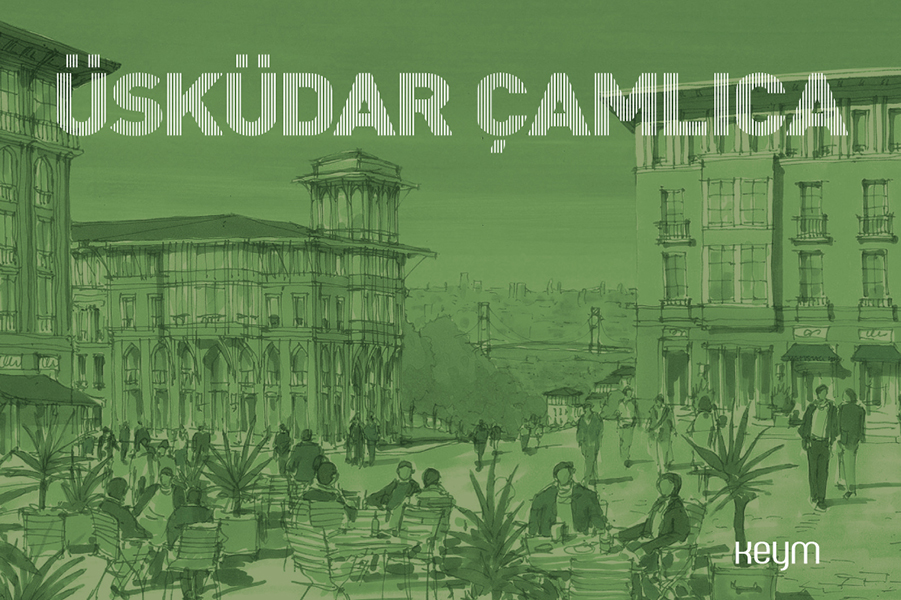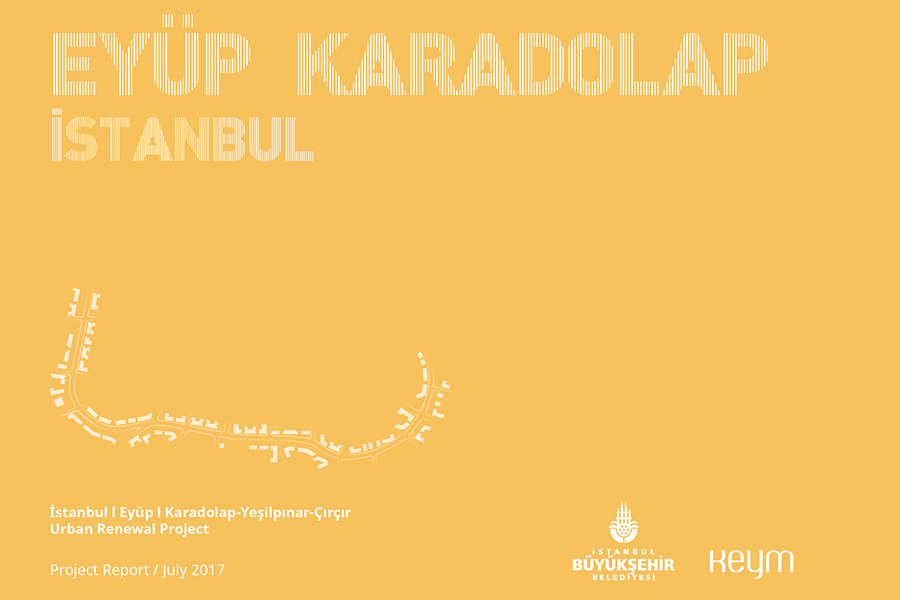
Elazığ Urban Transformation Strategy Paper
Overview
- Employer
- : Ministry of Environment and Urbanism
- Status
- : Finished
- Field Size
- : 5.301 Ha
- Number of Buildings
- : 149.993
- Number of Households
- : 32.286
- Current Construction Area
- : 21.818.250 m²
Scope
- Workflow and Team Organization
- Current Situation Analyses
- Socio-Economical Analyses
- Synthesis and Spatial Strategies
- Action Plan
- Real Estate Appraisal
- Feasibility
- Urban Design
- Visualization
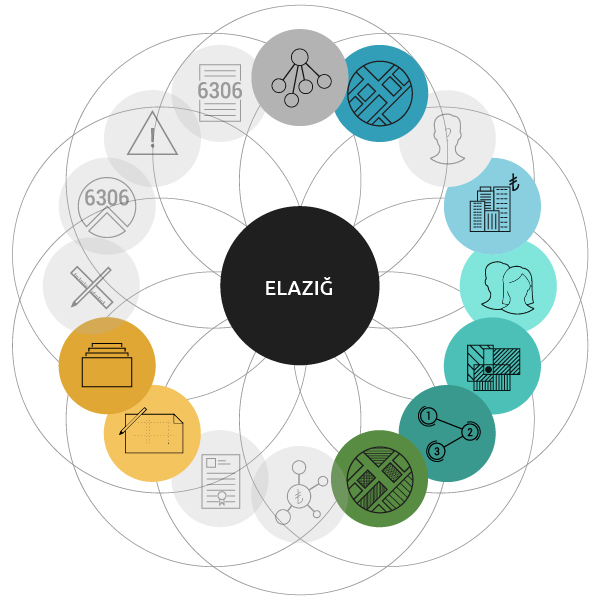
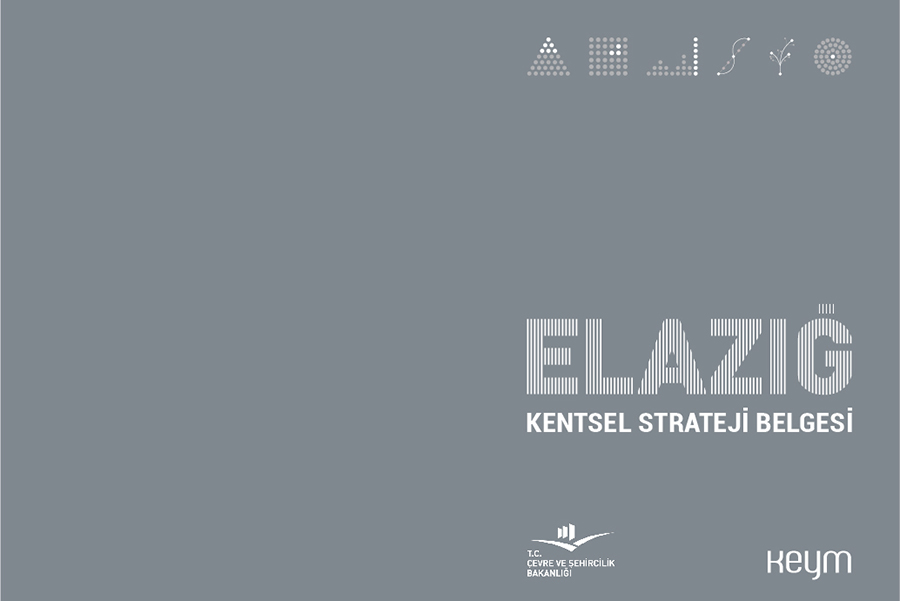
The work aims to create “Urban transformation strategy paper” in order to determine strategy and methods regarding the transformation of central district of Elazığ within scope of the “The Law regarding the transformation of areas under the risk of a disaster” numbered 6306.
The main goal of creating the Strategy paper is to guide the transformation of the unhealthy, unsafe and broken down urban environment into a self-sufficient, healthy and safe living area which is 4050 hectares in Elazig province.
After the field studies the Project area have been expanded to be 5301 ha from 4050 ha. The study is divided into 4 phases. The 1st phase contains the analyses and evaluation of data collected from the field. Real estate appraisal and implementation of KeyPIX model is also a part of this phase. The 2nd phase includes the parametrical analyses examining the synthesis work and risk factors. Zoning sketch has been produced after synthesizing all the data which was used to determine the urban transformation and reserve areas. As a result, a spatial strategical scheme has been produced describing the short, mid- and long range strategies based on different zones. The 3rd phase of the Project is where pilot projects of the transformation and reserve areas are being investigated and compared with the existing plan. The last phase presents the urban design guideline for the Project area.
During the process 5 meetings have been organized within scope of inclusive planning.

